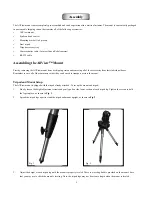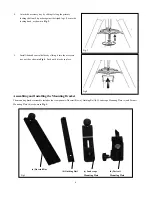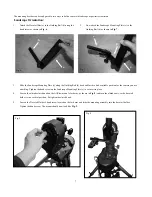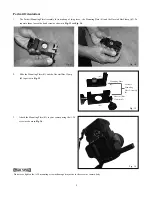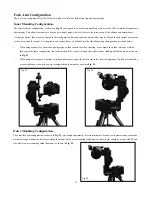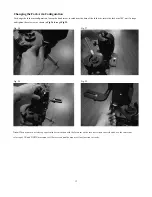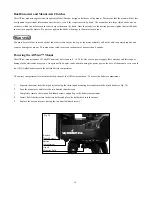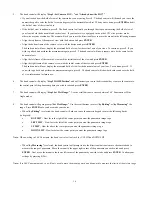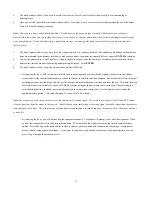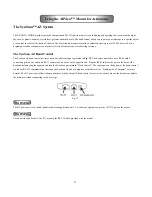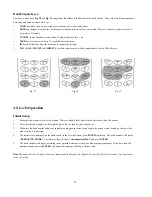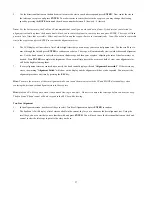
14
Dual Encoders and Mount Axis Clutches
The AllView mount is engineered with a patented Dual-Encoder design on both axes of the mount. This means that the mount will not lose
its alignment or positional information on either axis, even if the scope is moved by hand. The mount has two large clutch knobs, one on
each axis, which can be loosened in order to move the mount by hand. Once the mount is in the desired position, tighten the clutch knobs
in order to engage the motors. Do not over tighten the knobs or damage to the motors may occur.
WARNING
You must be careful not to use an optical tube that is too heavy or too big, as the motor assembly will not be able to operate properly and
you may damage the mount. This mount was rated to carry an instrument of no more than 9 pounds.
Powering the AllView™ Mount
The AllView mount requires 12 Volts DC nominal, but it can use 8 – 16 Volts. Never use a power supply that varies beyond this range or
damage to the electronics may occur. An optional AC adapter can be attached using the power port on the base of the mount or you can use
ten (10) AA alkaline batteries in the built-in battery compartment.
The battery compartment is located inside the bottom of the AllView mount head. To access the battery compartment:
1.
Separate the mount from the tripod by loosening the three tripod mounting bolts underneath the tripod head (see Fig. 30)
2.
Turn the mount over and locate the two knurled thumb screws.
3.
Completely remove the two knurled thumb screws and pull open the battery compartment.
4.
Insert 10x AA batteries into the battery holder and place the holder back into the mount.
5.
Replace the door and secure it using the two knurled thumb screws.
Fig. 30
Knurled
Thumb Screws
Battery
Compartment
Tripod
Mounting Bolts





